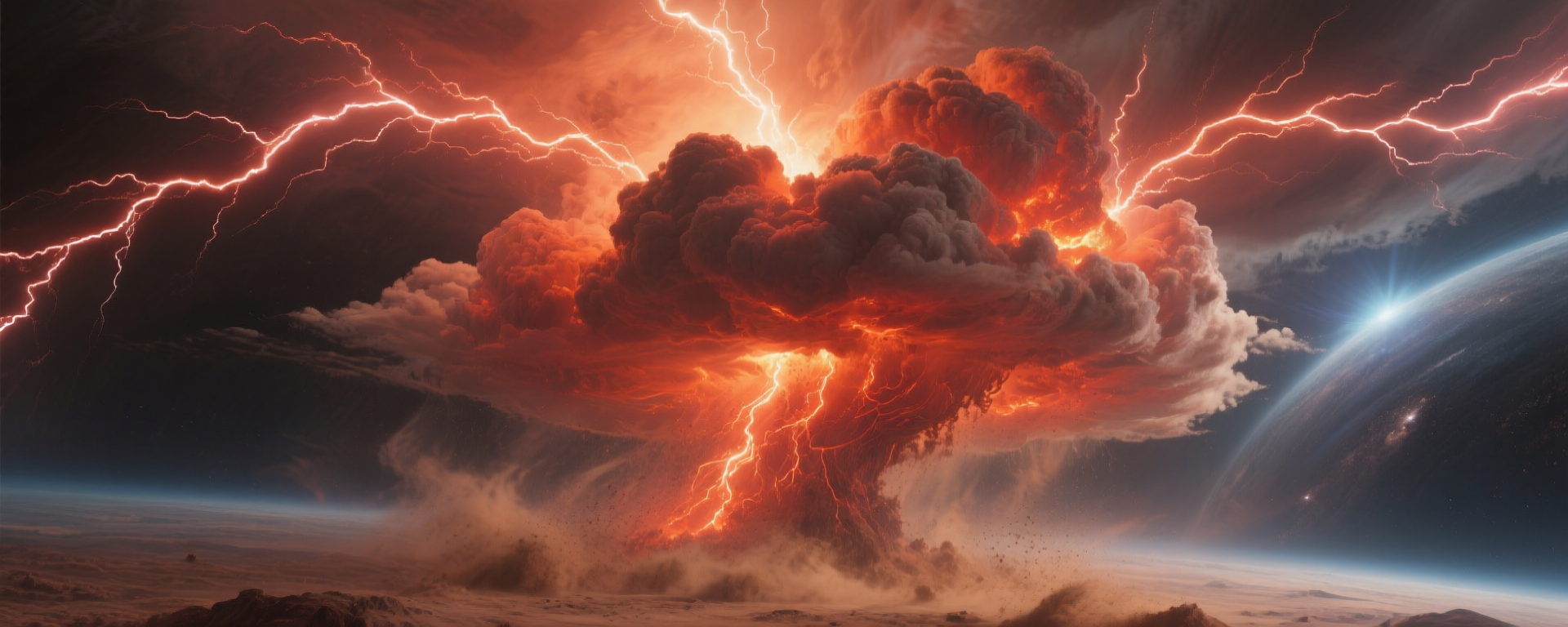
Q&A Hub
Research Paper
Physics-tailored ML reveals unexpected physics in dusty plasmas
PNAS, 2025
This Emory-led study used physics-constrained ML to infer inter-particle forces directly from experiments—finding nonreciprocal forces and an unexpected size-dependence in screening, challenging classic assumptions like OML's q ∝ m1/3. Published in PNAS 2025, this work demonstrates how AI can discover new physics hidden in complex experimental data.
Key Findings
Nonreciprocal Forces
AI revealed forces can be asymmetric due to ion wakes and flow effects
Size-Dependent Screening
Larger particles create different screening environments than predicted
OML Theory Deviations
Real charge scaling differs significantly from theoretical assumptions
Physics-Informed Architecture
Neural networks achieve >99% accuracy in force prediction
What's New
🔍 Nonreciprocal & attractive forces verified
- • Traditional theory assumes reciprocal forces (i→j = j→i)
- • AI revealed: Forces can be asymmetric due to ion wakes
- • Evidence: Direct force inference from 3D trajectories
📏 Screening length depends on particle size
- • Classic models assume universal screening in plasma
- • AI showed: Larger particles create different environments
- • Impact: Challenges fundamental assumptions
⚡ Deviations from OML charging theory
- • OML predicts charge scales as q ∝ m1/3
- • AI found: Real charge depends on context
- • Significance: Size alone doesn't determine charge
🧠 Physics-informed model architecture
- • Neural networks encode physical symmetries
- • Infers drag forces and environmental interactions
- • Achieves: >99% accuracy in force prediction
Experimental Setup
| Concept | What it means | Evidence |
|---|---|---|
| Particle tracking | High-speed 3D trajectories of individual dust grains | Laboratory dusty plasma with controlled conditions |
| ML force inference | Neural networks trained to extract forces from motion | Physics-constrained architecture with >99% accuracy |
| Statistical analysis | Large datasets enable robust discovery of new phenomena | Thousands of particle interactions analyzed |
Key methodological innovations in the PNAS 2025 study
Broader Implications
For plasma physics
- • New theoretical frameworks needed for nonequilibrium systems
- • Improved models for industrial plasma processes
- • Better predictions of space plasma behavior
For AI in science
- • Physics-informed ML as a discovery tool
- • Hybrid approaches combining theory with data
- • Validation of AI insights through experiments
For technology
- • Enhanced control of plasma processing
- • Optimized semiconductor manufacturing
- • Advanced fusion reactor design
Citation Information
Full Citation
Yu, W., Burton, J.C., et al. (2025). “Physics-tailored machine learning reveals unexpected physics in dusty plasmas.” Proceedings of the National Academy of Sciences 122(31): e2505725122.
Published
July 31, 2025